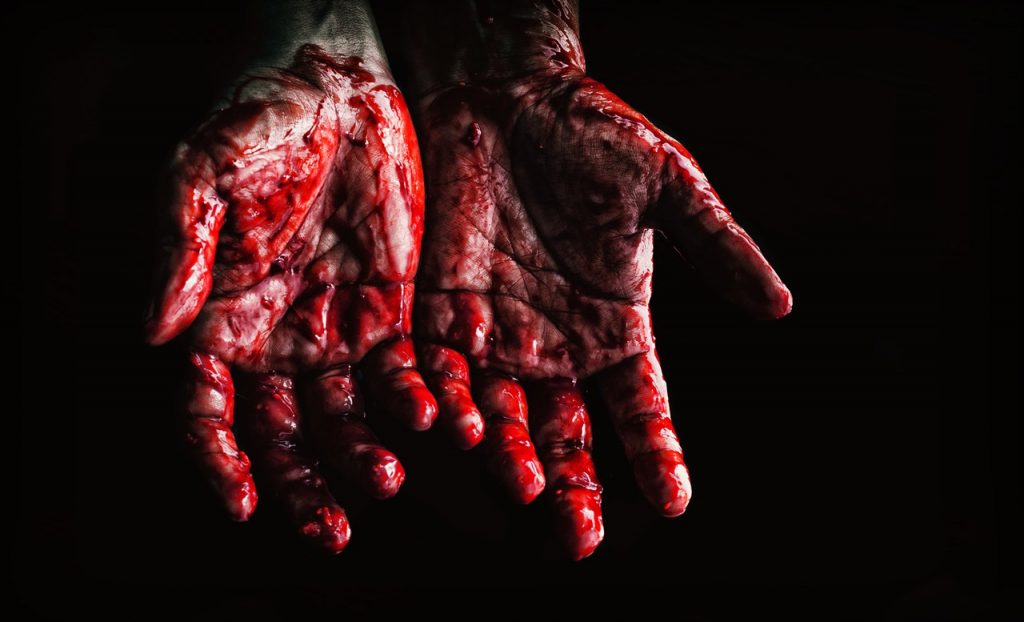Brisbane Tragedy Highlights the Domestic Violence Problem in Australia
4 min read
On Wednesday 19th February, tragedy struck the Brisbane community of Camp Hill with the horrific death of three children and their mother. A man was also confirmed dead at the scene, following attempts by paramedics to revive him. Ms Baxter was on the school run with her children; Trey, 3, Aaliyah, 4 and Lainah, 6, when her estranged husband allegedly attacked her and their children. While the incident is still undergoing investigation by police, witnesses have described the horrendous situation that unfolded.
The family died in a car fire that was believed to be started by Mr Baxter. Witnesses described loud explosions and uncontrollable fire coming from the car. Residents from the street explained that Ms Baxter escaped from the vehicle and was screaming ‘he’s poured petrol on me’ while begging onlookers to help her children in the car. The woman suffered serious burns and later died in hospital from her injuries.
Mr Baxter also died at the scene as a result of self-inflicted wounds. Onlookers said that he screamed at people to stop helping his family and then began stabbing himself in the chest with a knife.
A member of the public was also taken to hospital with minor burns to his face and hands. The Brisbane community and Australia as a whole are in shock and disbelief at how horrible this situation is.
Could This Situation Have Been Prevented?
There are calls that this occurrence could have been prevented. Family members of Ms Baxter have revealed that Mr Baxter had been stalking her and the children as the pair were in a custody battle over their kids. On Boxing Day, the man took one of their daughters interstate without the knowledge or permission of their mother for four days. Authorities had also been called to their house for previous domestic disputes but failed to act adequately. Ms Baxter had taken out a Domestic Violence Order (DVO) against her estranged husband in which he was ordered to stay at least 20 metres away from her. This followed Mr Baxter being charged with assault after attacking Ms Baxter at her house and injuring her shoulder. He was granted bail and was due to appear in court in April. Calls that government-funded services also did not do enough to help have been made due to lack of resources and staff available.
How Prevalent is Domestic Violence Against Women in Australia?
One in three women have experienced some form of violence or abuse from a partner in their lifetime, and one in five men have reported experiencing domestic abuse. Every week in Australia, one woman dies as a result of domestic violence. A further twelve are hospitalised every day due to domestic abuse. Every two minutes, police are called to help with a family or domestic violence matter. This statistic is extremely confronting, and the nation is demanding change. Last year, 74 women died at the hands of a partner or family member’s abuse. A further 27 children were killed by family violence. These statistics do not incorporate other forms of violence and abuse, such as emotional and psychological manipulation, sexual abuse or suicide as a result of the traumatic effects of abuse. There is no doubt that dramatic reform must occur as these statistics are shocking and shameful.
Organisations Supporting Victims of Domestic Abuse
Many independent and government-funded organisations aim to help victims of family and domestic violence. Reach Out is one organisation that provides resources and confidential advice for sufferers. 1800 RESPECT is another hotline that seeks to assist victims. A report ordered by the federal leader of the Department of Social Services found that there was an unprecedented increase in the number of callers and people needing this service. The number of calls has doubled over the last few years. In 2016-2017, the number of calls 1800 RESPECT received was 69, 000. In 2018-2019 the number of phone calls was drastically higher, with 164, 000 calls made. This increased rate was much higher than the rates of growth when comparing Australia to the rest of the world.
Resources and staff were also reported to be inadequate for the demand for the service. The helpline was discovered to be ill-equipped when it came to dealing with repeat callers. This group made up about one-quarter of the phone calls to the helpline.
How can we more adequately assist victims of domestic violence in the future?
More awareness surrounding the early warning signs of abusive behaviour should be communicated through government initiatives. This could include educating teenagers in school about domestic abuse and what to do if they or someone they know experiences this kind of behaviour. Better financial aid must also be provided to victims. In many cases, individuals cannot escape their abuser for economic reasons. While some refuge and shelter places will help to provide short-term accommodation, may struggle to find affordable long-term housing, especially if there are children that must be looked after. Some victims do not have any other family to go to for help. An increase in government grants to those that are victims of family or spousal violence could help to reduce some domestic-related deaths.
One thing that must be fixed is the culture of toxic masculinity. Although men do suffer from violence by women, male on female violence is much more common. In Australia, it is the cultural norm for men to be tough and not show emotions. This expectation has led to many issues, such as an increase in suicide in young men, as well as increased violence against women. Men should be encouraged to speak about their feelings and emotions from a young age to eradicate this toxic culture.
Better regulation surrounding domestic violence orders should be investigated. This includes individuals who have been let out on bail following an assault or stalking incidence. The government and law enforcement must come up with a way of making victims of domestic violence feel safe. Serious changes must be made to respond to this national crisis.



